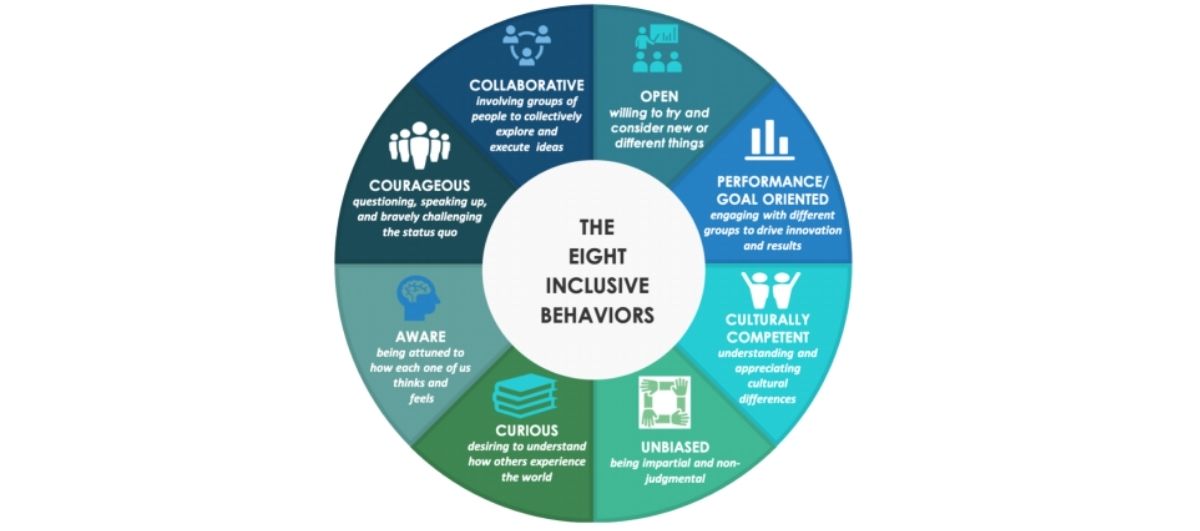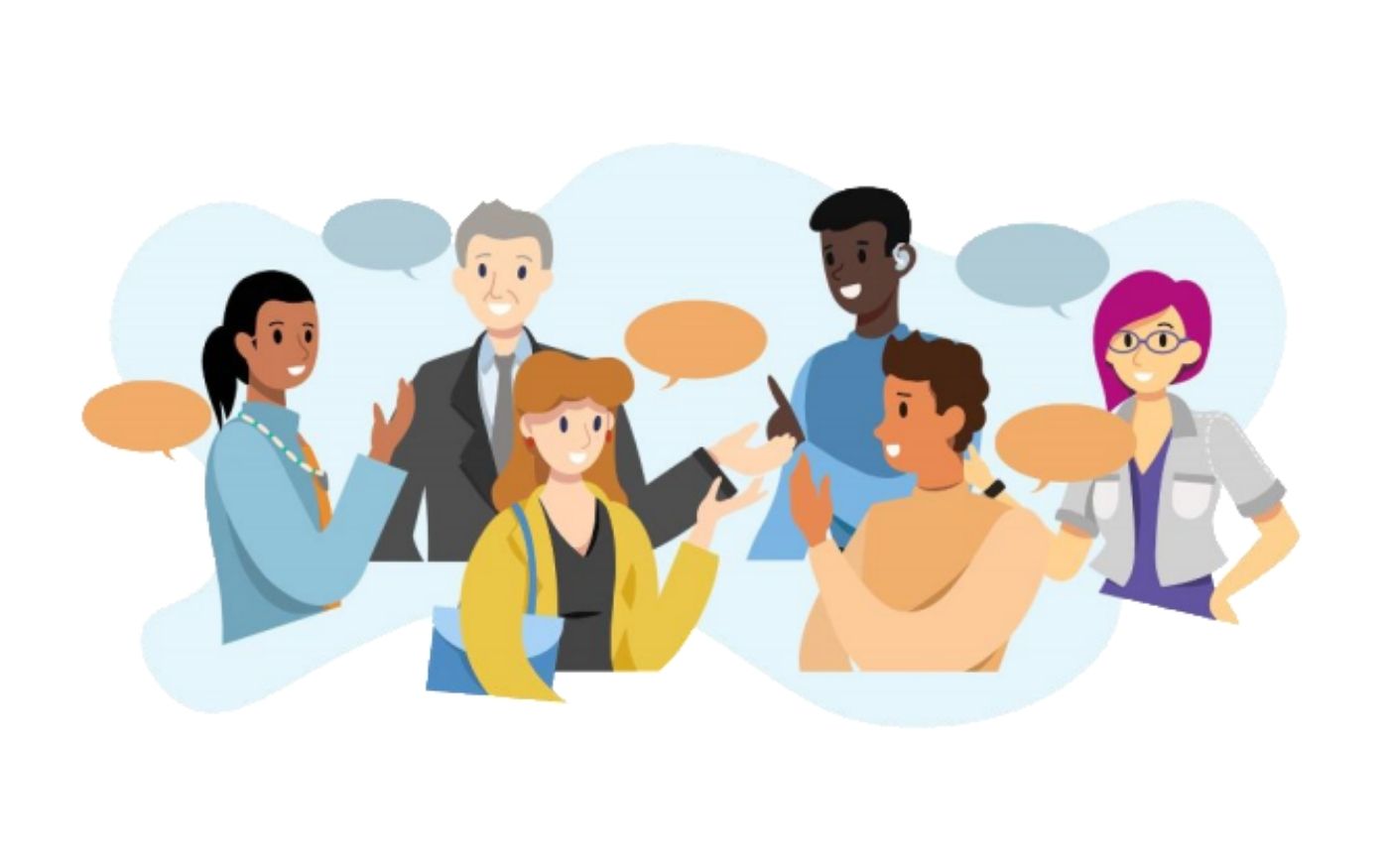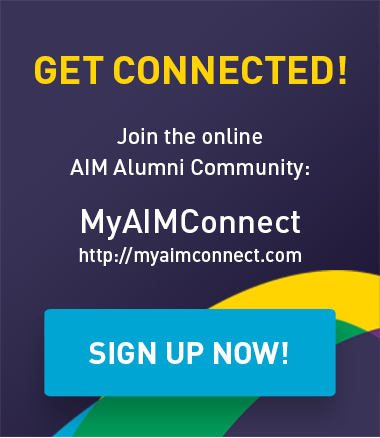Written by: Marlon Young (MBM 1979), Co-founder, TAIQ™; Senior Advisor and Associate Partner, Cambridge Family Enterprise Group; Executive-in-Residence Faculty of AIM
Most CEOs agree that having a diverse and inclusive workplace is essential to increased employee satisfaction and retention along with improved business outcome. Yet despite the benefits of D&I most companies have failed to make deep and sustained commitments to this work. Programs tend to focus too heavily on visible diversity (at the expense of inclusion) and on company-wide workforce practices and policies designed to preempt lawsuits and reputational damage. Creating a genuinely inclusive workplace culture is far more difficult to achieve than meeting aggregate diversity targets. But without an inclusive culture, diversity initiatives will continue to make minimal impact in your organization.
This fact became acutely clear to me during my tenure as the CEO of a large global wealth management company. There, while leading and executing strategies that supported the bank’s diversity and inclusion effort, I realized that creating and embedding an inclusive workplace culture requires not only high-level policy changes, but also bottom-up motivation for each and every employee to think, act and interact inclusively. The sum of your employees’ inclusiveness determines how your organization looks, acts and feels. CEOs should regularly assess progress on these fronts. They must dive deep into the data, analyze gaps and be transparent about success and failure in meeting diversity with inclusion targets.
Leveraging what I learned in my leadership roles, I’ve spent the last couple of years building TAIQ™ to equip organizations and individuals with the tools to foster inclusive culture. Based on our extensive research and leadership experience, we have found eight key behaviors that demonstrate an individual’s inclusivity (Figure 1). TAIQ™ has developed an assessment tool based in these behaviors that measures an individual’s inclusivity.

Figure 1
An Accelerated Approach For Embedding Inclusion In Your Workplace
Creating an inclusive workplace culture is a necessity if an organization wants strong employee engagement. With the above top-down and bottom-up approaches in mind, here are three core practices you can use to build, embed and sustain an environment of inclusion.
First, design a data-driven approach for inclusive behavior
Data must be used to both track and drive improvement. The most effective diversity and inclusion metrics begin with measures of representation—whom have you hired, retained, and promoted—and then add data that provides insights into the inclusivity of your organization’s culture. You must capture employee behavior using a survey assessment of the key inclusion behaviors above. Anonymization of data at the individual level will allow respondents to take part in this survey without fear of embarrassment or reprisal. The organization then receives aggregated data to recognize trends, gaps and relevant insights. The outcomes of the assessment allow you to be laser-focused on mending inclusivity gaps using the “drip-method” described below.
Importantly, surveys to measure workplace inclusion are not only a diagnostic tool. They should be considered a key tool of employee relations, explicitly encouraging and facilitating transparent communication while building a climate of inclusion as part of the company’s core values.
Second, apply the drip-method of reinforcement learning
Provide regular “microbursts” of content on inclusive behavior that are rooted in actual employee experiences and customized to the needs of different demographics, as captured by the survey. For example, use reinforcement learning by working on behavioral scenarios, applying actionable tips in the workplace and sharing relevant tips and reflections with your colleagues. Far more than one-off trainings, this process keeps employees engaged through continuous learning, sharing and coaching; it also improves teamwork, information retention and mindfulness.
Third, measure, drive and track progress over time
This entails qualitative measures that capture employee experiences and quantitative measures that anchor these results.
Qualitatively, create explicit forums in which employees share their experiences—good, bad and ugly—within the organization. This can illuminate areas in need of improvement. Recognize and celebrate champions of inclusive behavior, as well. Celebrating individual accomplishments is one way to demonstrate commitment to an inclusive culture.
Quantitatively, manage and measure diversity at all levels of the organization to reassure employees that all growth paths are open to them. Organizations should also pair metrics related to performance, employee engagement and retention with measures of inclusivity; as these are tied to how an organization looks, acts and feels. Organizational culture that is focused on diversity with inclusion will foster greater belonging and equity.
Affecting truly durable change around a culture of workplace inclusion requires motivating and sustaining individual change. It requires influencing how a company implements policy and a serious commitment not only from leadership but employees at every level. CEOs must set the tone and embed diversity with inclusion into the organization’s strategy and empower the business to prioritize such initiatives alongside other business priorities. This is an admittedly complex process, but it is a necessary process, and one that becomes manageable when broken down into the steps above.
TAIQ™ (tī kyü) is a data-driven and technology-based approach for embedding diversity with inclusion in an organization’s cultural DNA. The micro-learning courses are delivered in bite size sessions anytime, anywhere on any device. Please visit TAIQ™ at www.taiqworld.com





